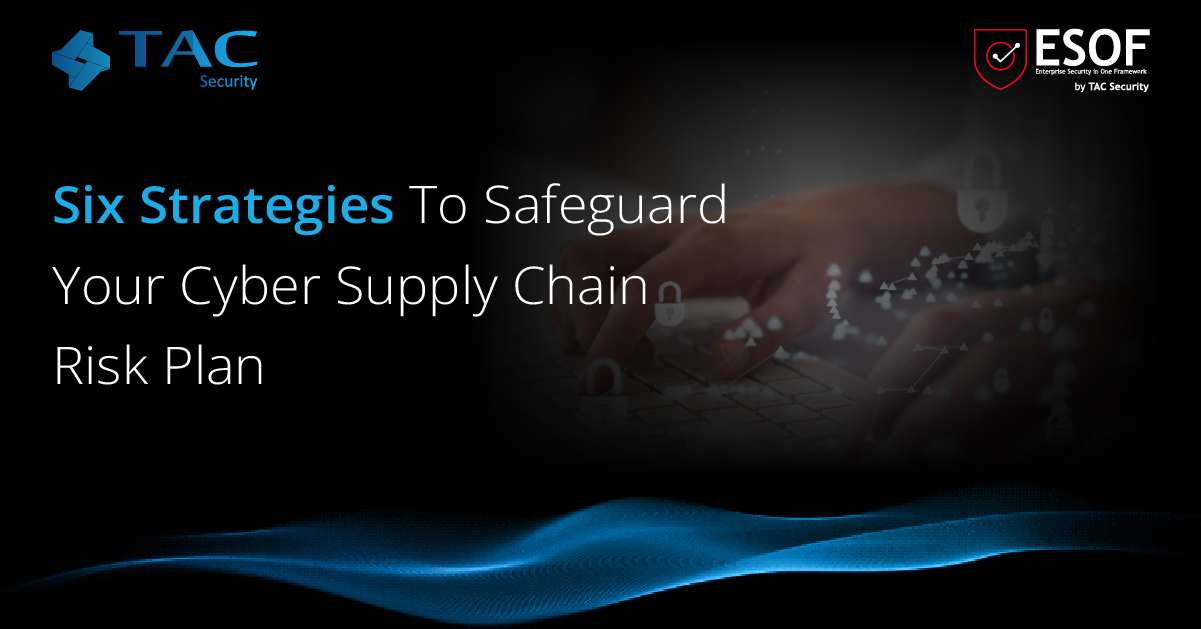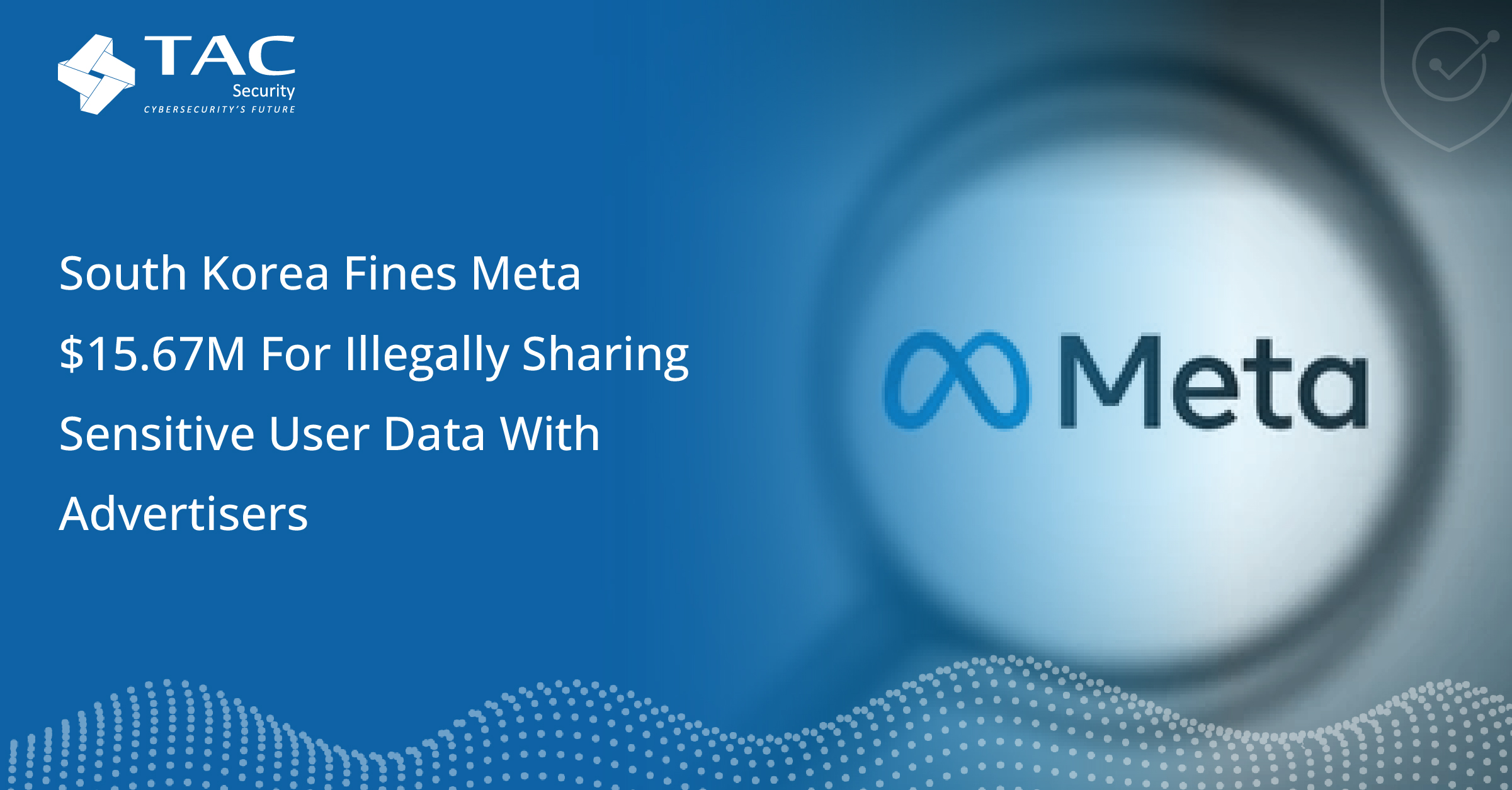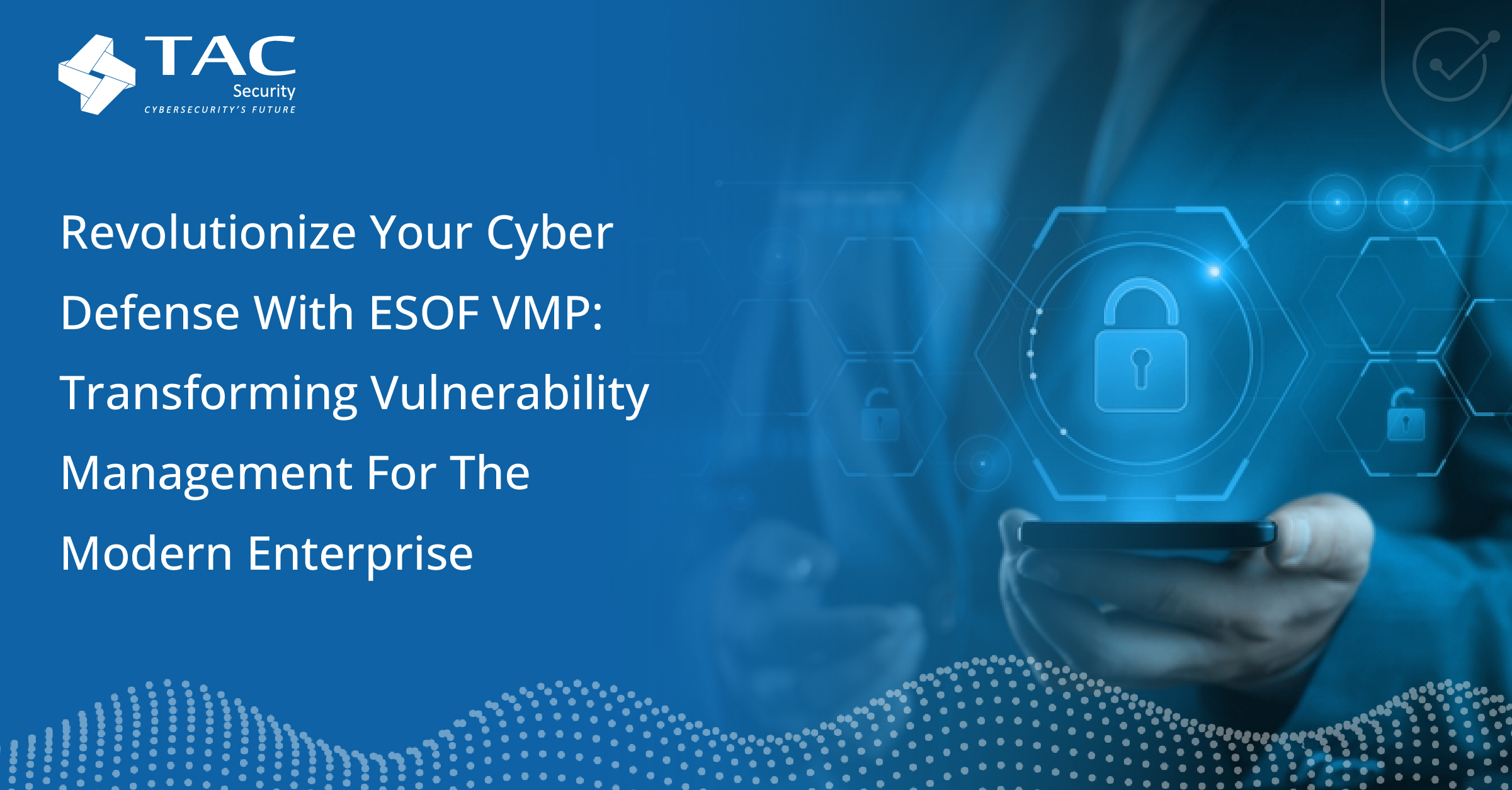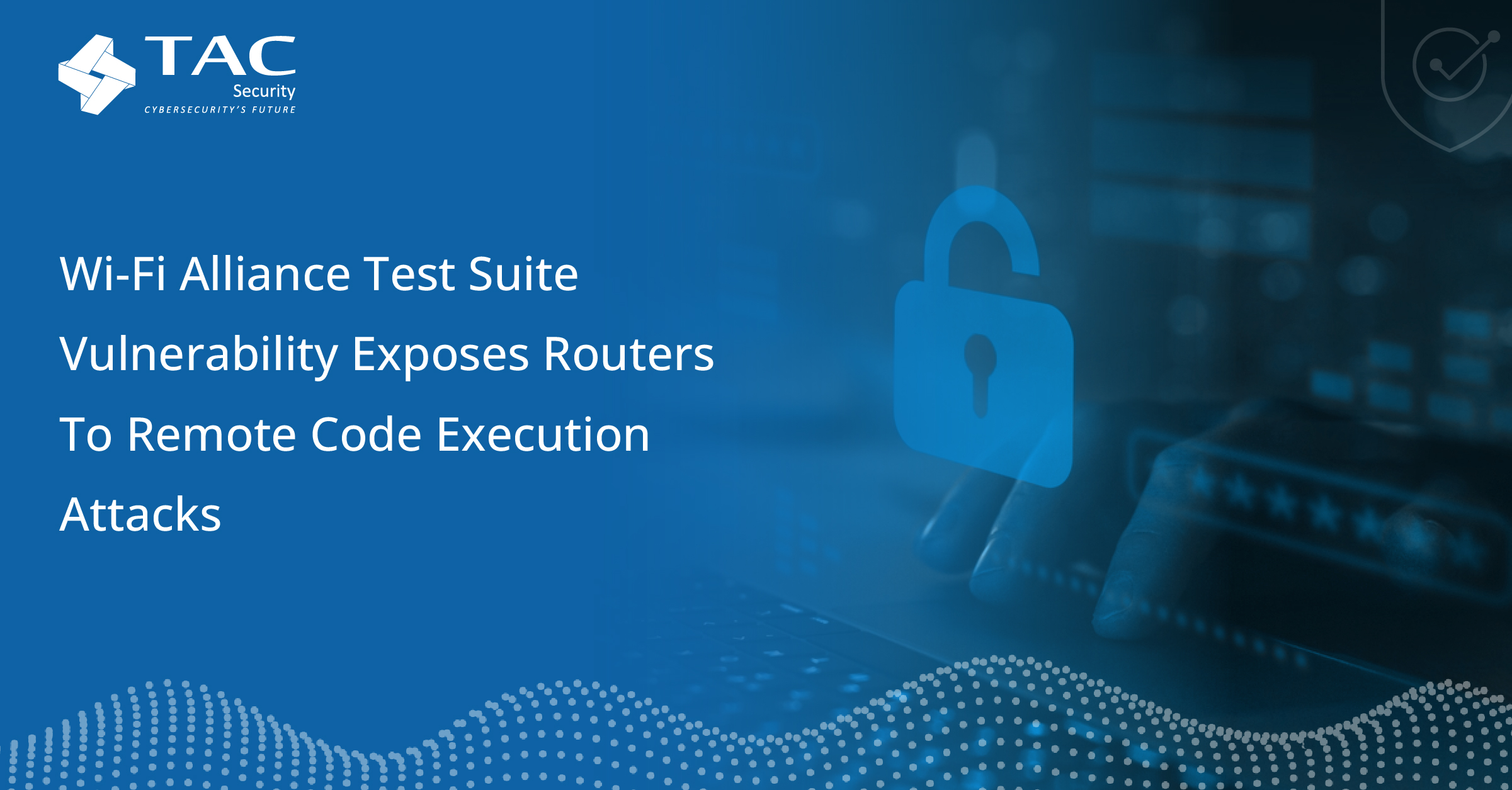
Cyber Supply Chain Risk Management (C-SCRM) is a system for identifying, assessing, and mitigating risks to a company supply chain. Therefore, strategies are needed to help an organization work more productively, decrease costs, and boost customer service.
Cyber supply chain Risk Management can be challenging due to growth and potential cyber interference in the digital world. These are some of the strategies by TAC Security to manage the supply chain risks.
The concepts of C-SCRM apply equally to hardware and software. It means that these risks should not be overlooked when developing or maintaining an application.
Focus area for your cybersecurity supply chain management
1. C-SCRM is digital and physical security
Cybersecurity is no different from physical security regarding the cyber supply chain. In an enterprise, all the parts are touched by the cyber supply chains. Therefore, you should not think that C-SCRM is only an IT problem.
Attacks can come from anywhere, from different places, from physical disruption, digital attacks, or human error. However, if you focus on digital security, you’ll miss a lot of information about the risk to your supply chain.
2. Know your crucial systems
Primarily, you should know the system you must protect. So, when you have a clear view of which systems need clear protection. Then you will understand clearly which steps are required to protect them.
3. Identify your breach
Until you don’t know about your breach, it is challenging to plan the preventive measures to prevent the risks and vulnerabilities. Therefore, you should list every framework that might risk your supply chain. And work with the most likely one and framework which are highly impacted.
4. C-SCRM is for complete enterprises
C-SCRM is not only about one department or technical issue. It is related to everyone as security and threats can take place anywhere. Therefore, adequate SCRM is a broad enterprise activity that includes every part of the enterprise.
5. Impact of the breach
It is possible to evaluate the effects of an infraction when you think a breach will happen. Then, when you get affected, you’ll figure out how to minimize the impact when a breach occurs.
6. Observe your vendors constantly
Maintaining constant control is the only effective way to manage third-party relationships and ensure the security of your data. However, static monitoring is not enough to protect your networks and information from those affecting your supply chain.
Conclusion:Today, understanding cyber supply chain risk management is more vital than ever. As it enables businesses to respond to those threats or vulnerabilities effectively. Therefore, managing risk will be integral to any acquisition and supply process. Moreover, organizations must handle the pertinent risks and implement the proper strategies.





